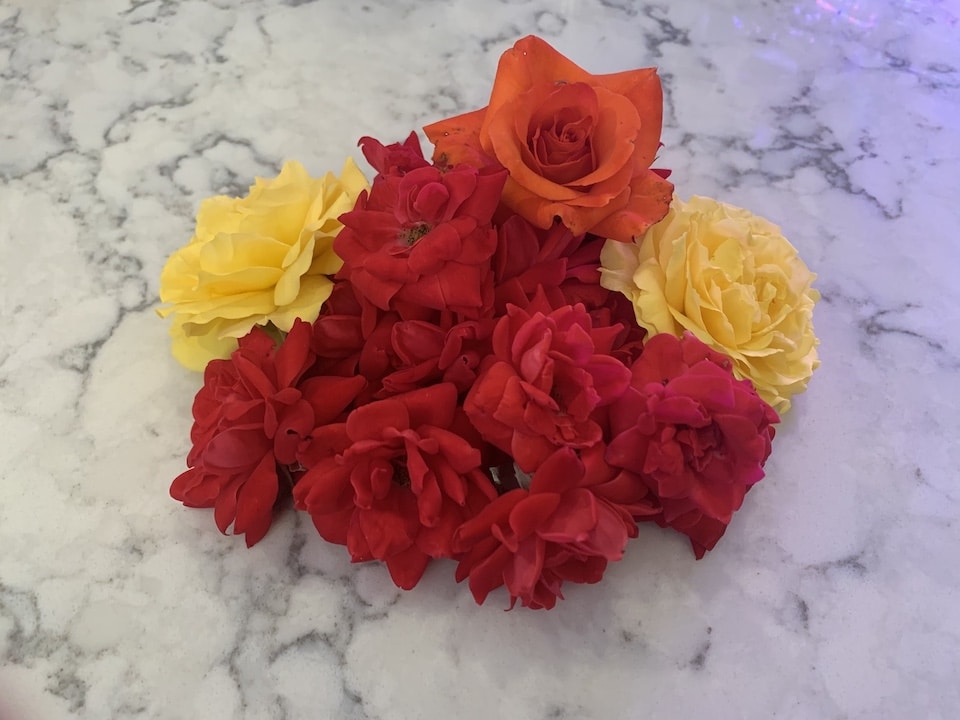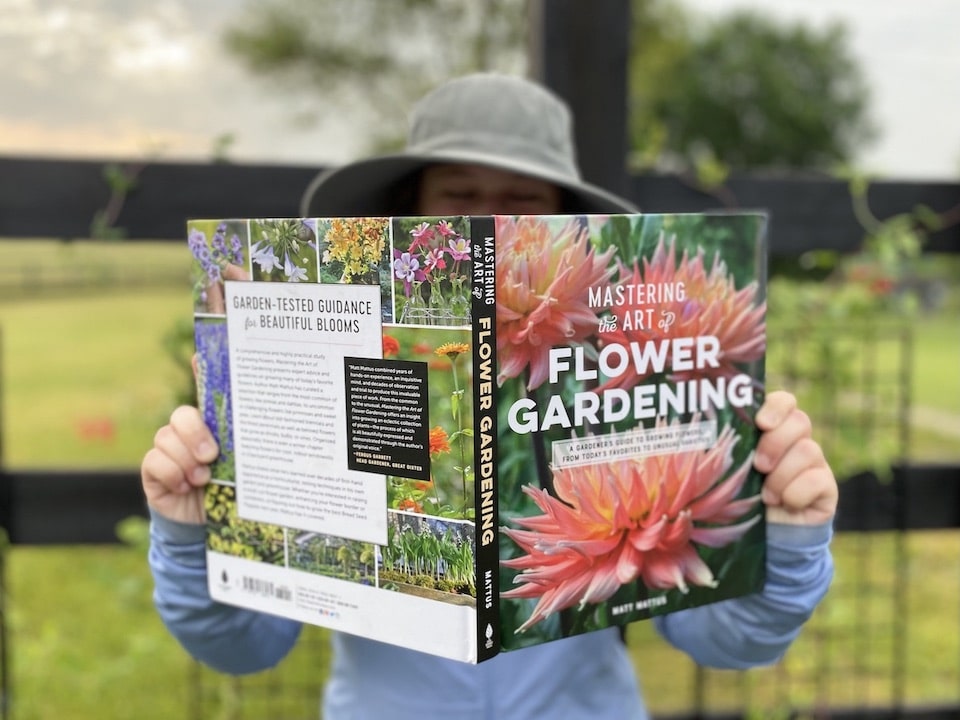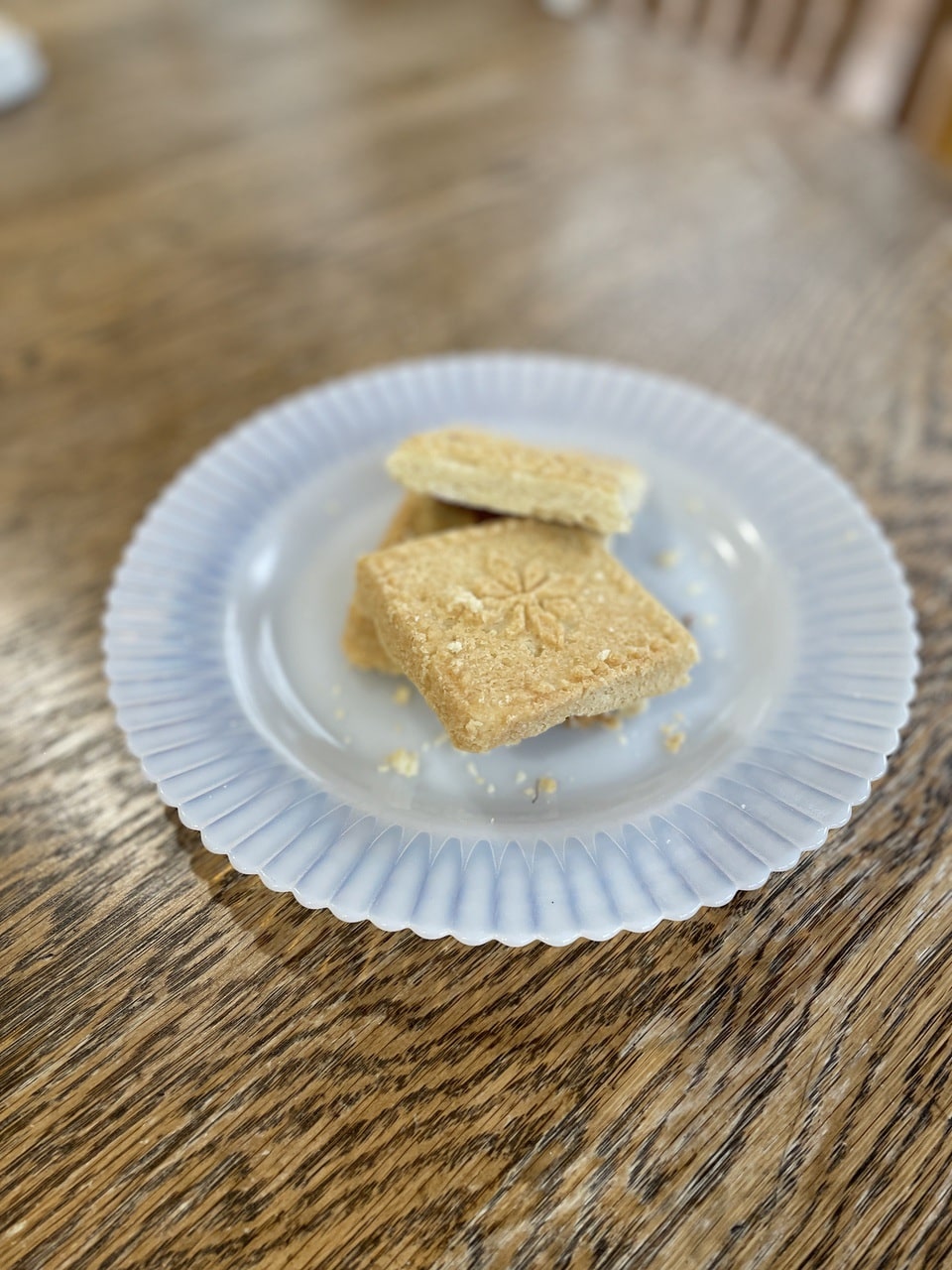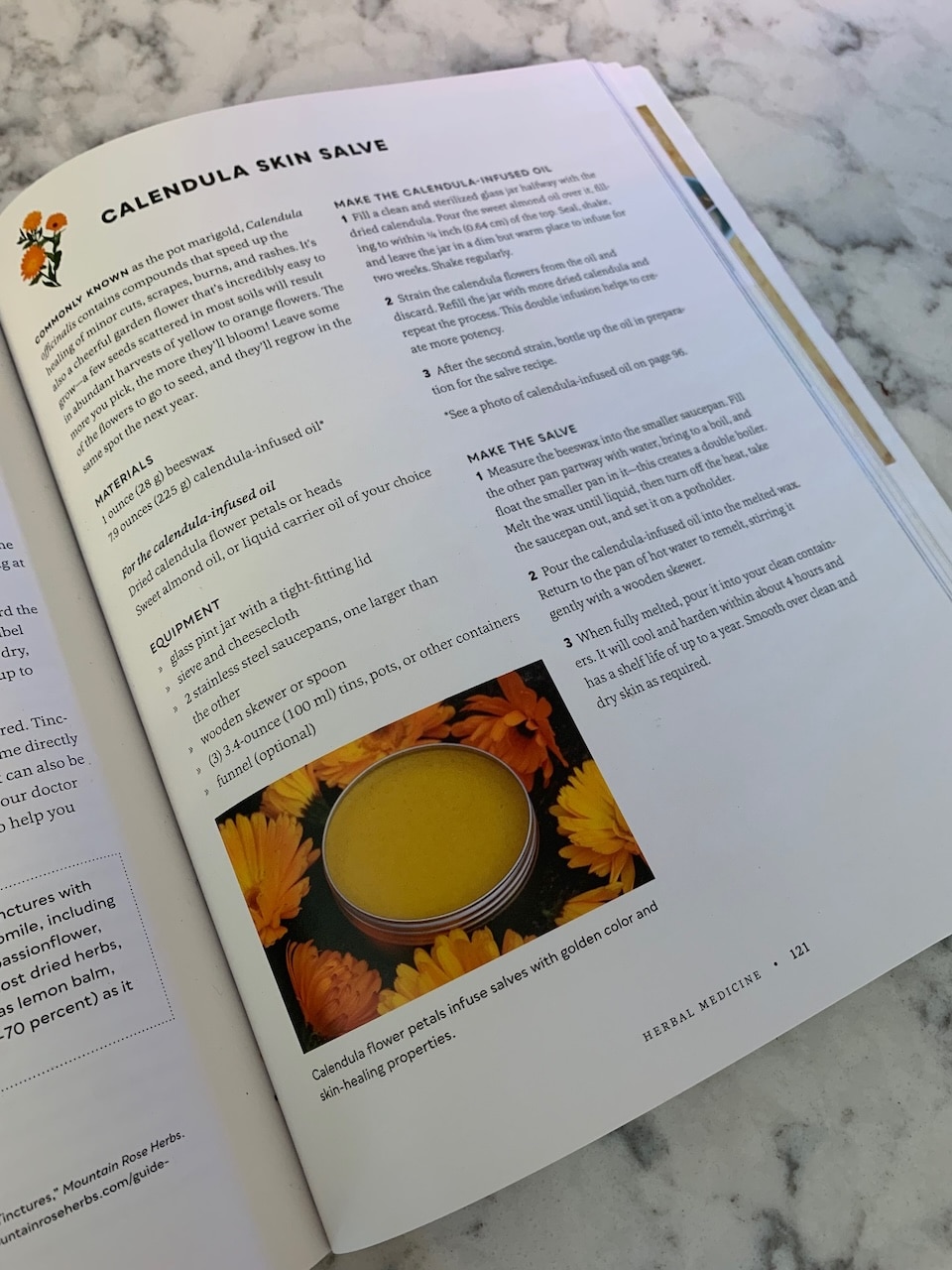A few weeks ago we posted a roundup of flower crafts. It is such a popular topic at The WON, we are able to post a second installment this week, which even includes a flower book review! Keep reading for more floral inspiration, or hop back to the previous post.
Roses: the flowers that captivate the imagination with their lovely blooms, wide color palette, romantic connotations and many uses. Tiny desserts, delicate perfumes, dramatic cut flowers and even skin care are all popular uses for this versatile flower. I recently tried my hand at making rose water for my skin, and to my great delight, I was successful. I drew the inspiration from one of my favorite books, “A Woman’s Garden: Grow Beautiful Plants and Make Useful Things,” by Tanya Anderson of Lovely Greens. She grows a multi-purpose garden, including plants for skincare, and shares a recipe using rose water in her book.

According to Anderson, rose products are “soothing, hydrating, mildly astringent, and anti-acne.” As a teenager, anything anti-acne is a win in my book. Vanity aside, I have a rare autoimmune disease that acne can make difficult to monitor properly. When I have severe breakouts, I have to use a couple medications to keep it under control. To help combat my acne naturally, I decided to use up some of our many rose blooms and make rose water. Admittedly, I did not use the best roses the first time. We don’t have any of the highly fragrant plants that are ideal for rose products, so I just used what I had on hand. It still made a nice lightly scented rose water though, and it was a lovely pink color.
Continue reading this post, here.
“Mastering the Art of Flower Gardening: A Gardener’s Guide to Growing Flowers, from Today’s Favorites to Unusual Varieties,” by Matt Mattus, is a flower-lover’s dream. Full of vibrant photos of more than 85 different species, it covers everything from common flowers such as amaryllis and zinnias, to the unusual and rarely grown, like larkspur. I received “cc” for my birthday this year, as I just became interested in gardening toward the end of the last growing season. This book includes information for many flowers that I want to grow, and it’s already proved a valuable reference book while I started seeds this year.

“Mastering the Art of Flower Gardening” has an interesting and effective format. It starts with the author’s introduction and opinion on flower growing. Then, Mattus provides information on starting seedlings. When he jumps into the flowers, they are organized by season. Each seasonal section starts with many photos of assorted flowers that are covered later on. The spring and summer sections have many “at-a-glance” flowers, which include ideal temperatures for the species, soil preferences and more. All this information is included in a single page per flower, and each flower has at least one photo on its assigned page. Mattus also provides a more in-depth look at some flowers. In spring, for example, he has several pages each on the primrose, iris and lilac. The fall and winter chapters solely consist of these longer pieces of information. I think this is a very useful format to organize the many flowers.
Click here to finish reading this post.
Last year, I experimented with making redbud jelly (See my travel blog, “The Accidental Ozarkian”) and it did not disappoint. Jessica White submitted a redbud jelly recipe, and we published that recipe here at The WON. People are still talking about my jelly, and how light and lovely it felt on their tastebuds. I’ll be out stripping blossoms off the redbud branches here later today, to make more. However, I wondered recently if I might make redbud shortbread cookies with my grandson over the Easter holiday. He loves to make cookies with Granny, and this might be a nice diversion from our standard chocolate chippers, gingersnaps, snickerdoodles and such.

I could not find a recipe for redbud shortbread cookies, so I just went to my trusted resource, my “Betty Crocker Cookbook,” a gift that my hubs gave me in 1978 (we both benefitted from it, actually, since we both have turned to it throughout our decades of marriage) and found the standard recipe for shortbread. It has three ingredients: flour, butter and sugar. I mean, how can you even go wrong?
To find the recipe for this delicious shortbread, follow this link.
Two summers ago, The WON’s Ms. Barbara Baird sent me an email asking if I’d like to read “A Woman’s Garden” by Tanya Anderson of Lovely Greens and “concoct a salve or balm.” I thought herbal remedies belonged between the pages of a fantasy novel, likely in a witch’s cabin. I was not thrilled, to say the least. I didn’t enjoy the idea of gardening, especially weeding or watering plants in the heat of summer. I remember toasty days spent following Mom around our local greenhouse, trailing a wagon that only seemed to hold vegetables (read tomatoes). I definitely did not plan on starting a garden or turning into a witch. Soon enough “A Woman’s Garden” arrived at the post office, and I grudgingly flipped through it. However, that book is nothing less than inspiring. I happily decided to make a calendula salve.

Tanya Anderson grows a multipurpose garden filled with edibles and plants for skincare and herbalism. Her book, “A Woman’s Garden: Grow Beautiful Plants and Make Useful Things” contains recipes, crafts, tips, and more about growing plants for different purposes. Calendula is one of her favorite plants, and there’s a reason why. The flowers come in warm shades of cream, orange and bronze, and are quite charming. Calendula is easy to grow, edible, medicinal, pollinator-friendly, and attractive. Its medicinal properties include speeding the healing of minor skin injuries. It’s only fitting that Anderson chose calendula for the salve recipe included in her book. After finishing “A Woman’s Garden,” I promptly ordered seeds, planted my calendula, and harvested exactly two flowers before the frosts hit. I will never forget the feeling of seeing the first flower bloom on a plant that I grew myself.
Continue reading this post, here.
Jackie Baird Richardson is an interior designer, editor at The WON and avid junker. Watch for her design tips and occasional crafting ideas, bringing the outdoors indoors. View all posts by Jackie Richardson